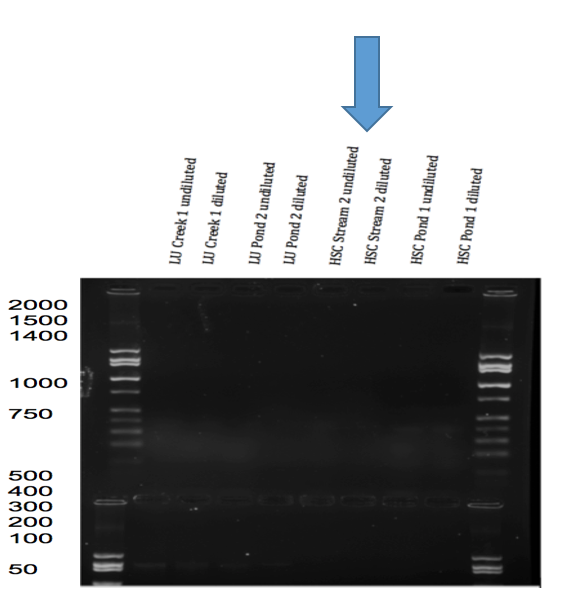

SNAPGENE VIEWER RESTRICTION ENZYME DIGEST HOW TO
See the introduction tutorial video and the working with features tutorial video for further details on how to annotate sequences in SnapGene.
SNAPGENE VIEWER RESTRICTION ENZYME DIGEST FULL
On the next page containing the full sequence of the vector, click the Analyze Sequence button on the right: On the webpage of mRFP-Rab5 go to the SEQUENCE INFORMATION section and click Full (1) next to Depositor Sequences: Obtain the annotated sequence of mRFP-Rab5 from Addgenes. If you load the annotations (in Genbank format) SnapGene will automatically show them. Genbank format not only contains a sequence but also all annotations. Even if you don't load them from Genbank it is still a good idea to import them in Genbank format (and not in Fasta format). In SnapGene you can load sequences directly from Genbank or you can load them by importing a file. Fortunately, many vectors are available from Addgene, an organization that improves sharing of plasmids. However, not all vector sequences are stored in the SnapGene database.

Loading vector sequences from other resources Go back to SnapGene and click the Open button in the top menu:īrowse to the pAcGFP1-C1.dna file and open it. On the webpage of pAcGFP1-C1 click pAcGFP1-C1.dna: Try to load it without peeking at the solution. This vector is available in SnapGene's list of fluorescent protein genes and plasmids. You now see the circular view of the vector with restriction sites automatically visualized:Įxercise: load the sequence of vector pAcGFP1-C1 Open SnapGene and select Open in the startup menu:īrowse to the pcDNA4 TO.dna file and open it. Open the annotated sequence of pcDNA4/TO in SnapGene. On the webpage of pcDNA4/TO click the pcDNA4 TO.dna link to save the file: Annotation: every possible piece of information about a sequenceĭownload the annotated sequence of pcDNA4/TO from SnapGene.


 0 kommentar(er)
0 kommentar(er)
